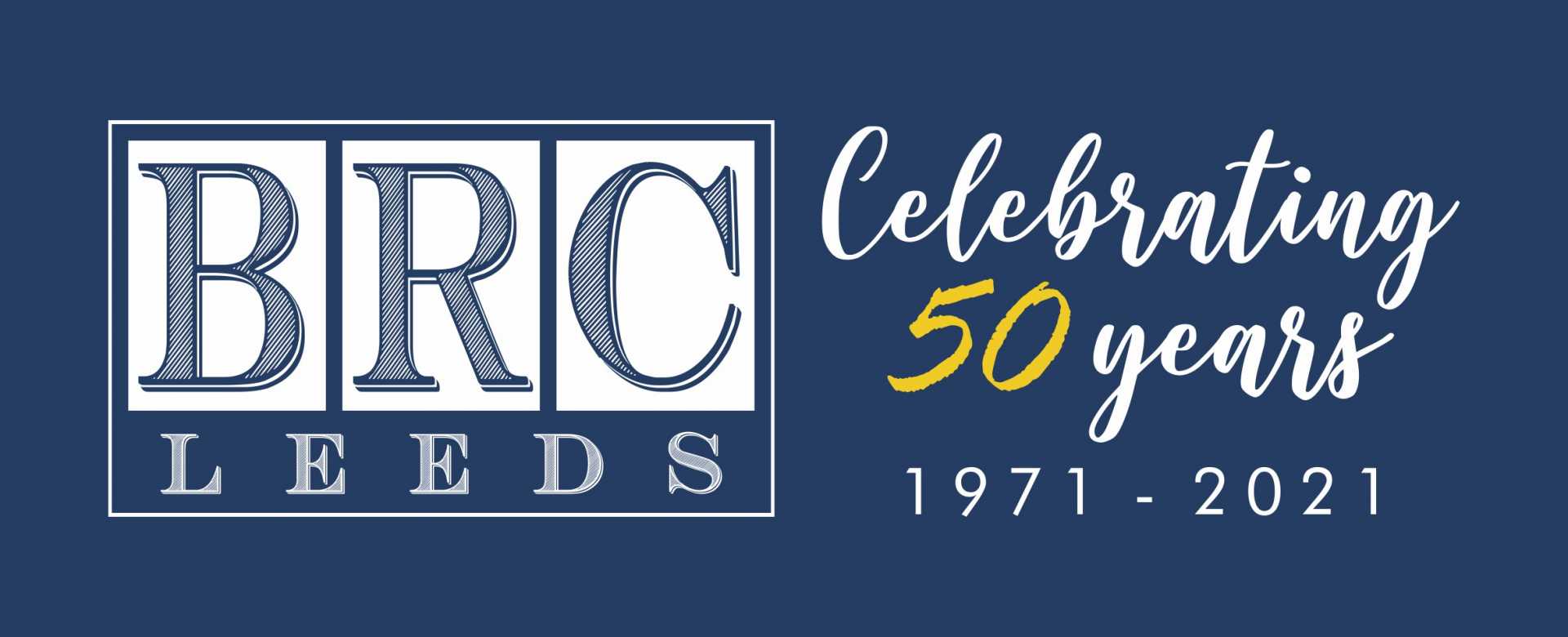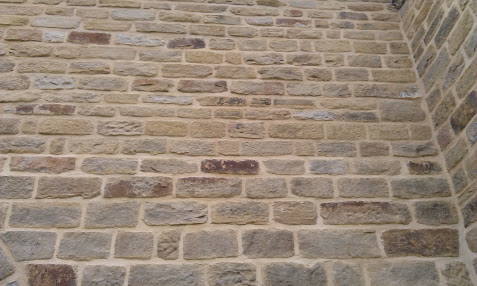Repointing and tuckpointing are two methods of brick restoration, and although they are different, they are often interchanged. Both methods involve adding new mortar joints to a masonry structure, but one is used for damage control and the other to mimic a certain style. With this in mind, let’s take a closer look at each to ensure you fully understand the difference.
What is tuckpointing?
Tuckpointing uses two different colours of mortar to give your existing brickwork an attractive look and to fill in damaged mortar joints. The first colour is made to match your bricks so that it creates a seamless appearance. The second colour is used for the actual mortar joint, so is usually white or a bright colour. Sandwiching the second colour between the brick-coloured mortar makes the joints look finer. The tuckpointing method is usually selected when people are trying to replicate the look of high-quality brickwork for a more affordable price.
What is repointing?
Repointing refers to the process of actually repairing or filling in joints that are cracked or damaged. Bear in mind that repointing doesn’t alter the look of your brickwork – its sole purpose is to fix broken mortar joints. When mortar joints are damaged, water can seep in, which can eventually lead to the demolition of masonry structures if left untreated.
For more information about brick pointing or stone pointing, contact us at Building Restoration & Cleaning (Leeds) Ltd today. As building restoration experts, we are happy to advise you on the best way to fix damage to your mortar joints. What is the difference between tuckpointing and repointing?

